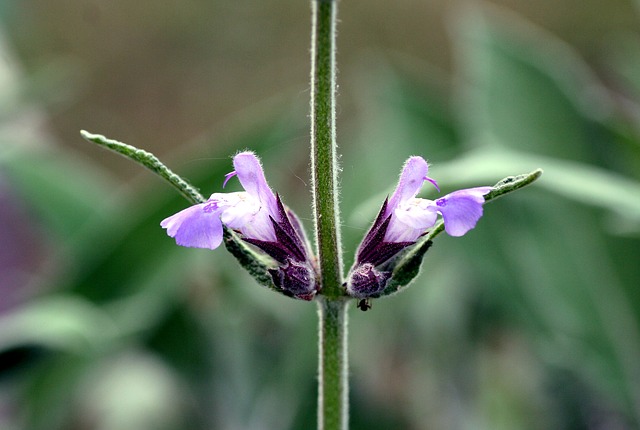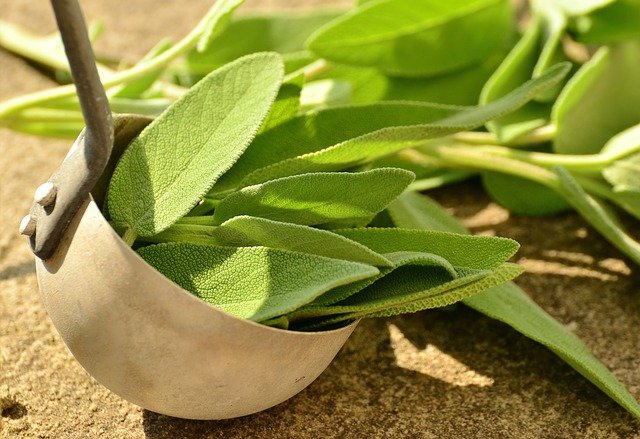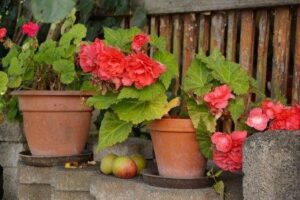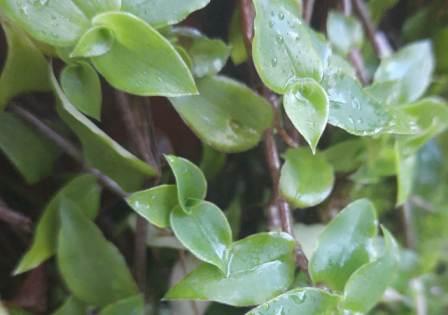The sage plant has been utilized restoratively for a really long time, and is likewise a significant piece of the food of numerous nations, with the special case that it was broadly perceived via Carl Linnaeus in 1753. Recognized it and investigated it.
Right now it is an overall kitchen plant or Fancy plants The word sage is likewise utilized for different things and comparable plants.

Identification of SEZ Plant
It is a mint plant in the Lamiaceae family, from which a few other significant plants are determined Basil Related with ajwain, mehndi and so forth.
It is for the most part tracked down in overflow in nations around the Mediterranean Ocean and is accepted to have started in Italy, Greece, Yugoslavia, and so on, despite the fact that it is effortlessly developed and developed everywhere.
These are little plants called sage plants or essentially sage. The stem of the sage plant is strong, the leaves are green and dark, and the blossoms are blue or purple in variety.
| botanical name | Salvia officinalis |
| other names | SEZ, Garden SEZ, Kitchen SEZ, True SEZ etc. |
| the family | Mint Family – Lamiaceae |
| place of origin | Because of the Mediterranean Sea |
| experiment | cooking, medicine |
In old societies, this spice was developed for quite a long time because of its restorative properties, it works supernaturally against illnesses, which is the reason it was likewise thought to be holy.
One more word in the name Salvia officinalis alludes to its restorative worth. In an authority religious community, where the spices were kept was called.
Additionally read: What are microgreens, their advantages and how to develop them.
What does a sage plant look like?
The leaves of the sage plant are covered with extremely fine hairs called trichomes.
There is extraordinary variety among its assortments, in their shape, leaf and bloom tone, leaf design, and so forth.

History of the Sage Plant
Since old times, sage leaves have been utilized to avert insidious spirits, treat snake nibbles, increment female richness, and treat numerous infirmities.
The Romans believed sage to be an extremely sacrosanct spice and consequently the Romans gave sage an exceptionally unmistakable spot in their strict ceremonies.

Uses of sage plant
to eat Use recipes
It is broadly utilized for stuffing meat, chicken, fish, and so on because of its smell, sharpness, sharpness and somewhat unpleasant taste.
New sage leaves are broadly utilized in plates of mixed greens and sandwiches, they are likewise viewed as a gentle tonic.
In England, sage is utilized as the main spice, alongside arsley, rosemary and thyme.
The sage plant should be visible in numerous European cooking styles, basically Italian and Center Eastern kitchens.
essential oil
Common sage is widely cultivated in Europe for oil extraction. Cineol, borneol and thujone are found in this oil.
Sage leaves contain tannic acid, oleic acid, ursolic acid, carnosol acid, fumaric acid, niacin etc.

medical use
In some explores, it has been found that Salvia officinalis is exceptionally powerful in further developing human cerebrum processes, further developing memory, consideration and treating Alzheimer’s illness.
Happy gardening friends..













